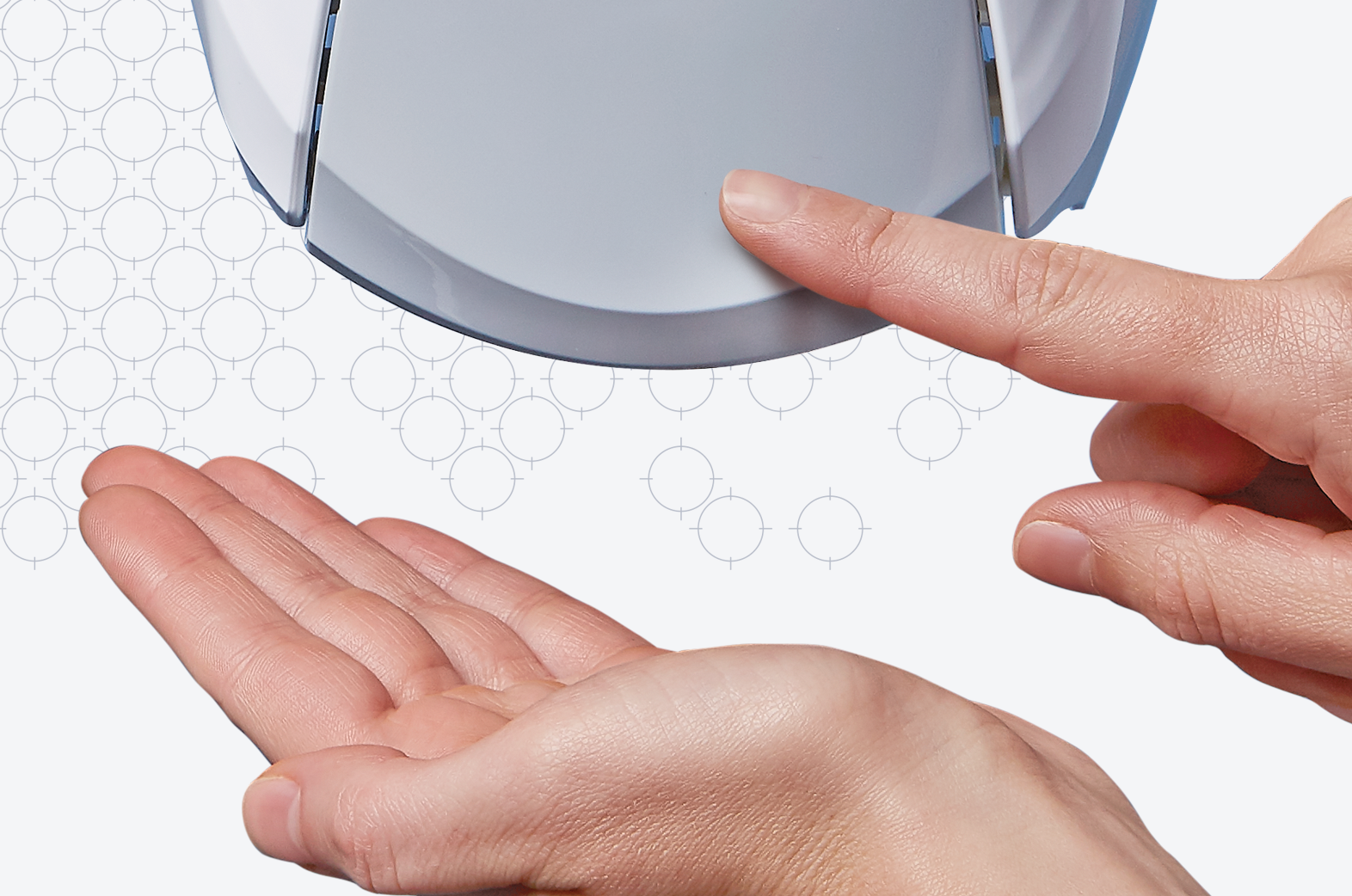Make the 5 moments of hand hygiene routine in your facility
Take this assessment to drive awareness and help with HAI prevention.

Every clinician knows that practicing good hand hygiene is one of the most effective ways to prevent and reduce risk of infections. But achieving full compliance can be a challenge.
This simple assessment, informed by the latest guidance from the Centers for Medicare & Medicaid Services (CMS) and the Centers for Disease Control and Prevention (CDC), is designed to help infection preventionists and clinical leaders establish a baseline measure for teams looking to kick off or restart a hand hygiene initiative. It also serves as a reliable checklist for monitoring improvement over time or to help drive awareness.
Make it a team effort and complete the assessment at one of your next IP team meetings or when you’re consulting with clinical leaders and staff on units. You can also download the assessment to share with staff. Be sure to scroll down to check your score.
Hand hygiene assessment
Please select the response that best describes your facility and its routine practices related to hand hygiene.
1. Hand hygiene products and proper dispensers are available at all points of care with appropriate measures in place to ensure prompt replenishment when they are empty.
a) Always
b) Sometimes
c) Never
d) Unsure
2. Individual-sized (personal carry) hand sanitizers are provided for all staff and volunteers for use when hand hygiene is indicated but access to dispensers is not convenient.
a) Always
b) Sometimes
c) Never
d) Unsure
3. New and ongoing staff are routinely trained and educated on performance expectations, including the indications for hand hygiene as well as proper technique and when to use soap vs. sanitizer.
a) Always
b) Sometimes
c) Never
d) Unsure
4. Staff must demonstrate that they can do a proper 20-second hand wash and hand sanitization at training times.
a) Always
b) Sometimes
c) Never
d) Unsure
5. Patients, family members and visitors are educated on hand hygiene behavior expectations.
a) Always
b) Sometimes
c) Never
d) Unsure
6. Training tools are reviewed and updated at least annually.
a) Always
b) Sometimes
c) Never
d) Unsure
7. We use and update facility-wide reminders of hand hygiene behavior expectations.
a) Always
b) Sometimes
c) Never
d) Unsure
8. Our units/departments are individually responsible for hand hygiene improvement and held accountable for monthly/quarterly compliance targets.
a) Always
b) Sometimes
c) Never
d) Unsure
9. Our units/departments routinely identify obstacles and barriers to hand hygiene performance and then put in place action plans with the goal of eliminating them.
a) Always
b) Sometimes
c) Never
d) Unsure
10. Our units/departments identify the obstacles and barriers to hand hygiene compliance using:
a) Direct observation
b) Group discussion
c) Other
11. Our frontline clinical staff are empowered to speak up when there is risk of doing harm without fear of retribution or other negative consequences.
a) Always
b) Sometimes
c) Never
d) Unsure
12. We measure hand hygiene compliance and give feedback on performance.
a) Daily or weekly
b) Monthly
c) Quarterly
d) Twice a year
e) Annually
13. When our goals are met, we set new, higher goals.
a) Always
b) Sometimes
c) Never
d) Unsure
14. We celebrate goals achieved and identify what we will do differently when they are not.
a) Always
b) Sometimes
c) Never
d) Unsure
15. Our unit/department leaders’ annual performance appraisal/bonus is tied to hand hygiene improvement goals.
a) Always
b) Sometimes
c) Never
d) Unsure
16. Our organization’s senior leaders are responsible for modeling proper hand hygiene behavior and are authentically engaged in our hand hygiene improvement efforts.
a) Always
b) Sometimes
c) Never
d) Unsure
Scoring
Answer a = 10 points
Answer b = 5 points
Answers c, d, e = 0 points
Note: add 10 points if you or a member of your team has stopped and corrected someone not following proper hand hygiene protocols (a standard practice when conducting direct observation).
170 points = max score (with 10 point bonus)
150–170 points
Outstanding. Stay diligent and focused.
130–149 points
Excellent, but still room for improvement.
100–129 points
Good, but make 130 or above a high priority for the next period.
Below 100 points
Pursue coaching and feedback. Make fostering a safety culture and improving hand hygiene practices a priority.
We are still a long way from getting hand hygiene right, but this assessment is a step in the right direction with no cost other than time. Feel free to modify and adapt it in any way that aligns with your culture and organization.

Paul invented the first electronic hand hygiene monitoring system designed to improve hand hygiene performance while reducing infections and costs. He is an innovative and mission-driven leader with more than 35 years of experience in hand hygiene and patient safety solutions. Paul also shares hand hygiene insights as a monthly contributor to Healthcare Hygiene Magazine.
For more insights and strategies on hand hygiene and infection prevention check out these resources:
Watch this webinar for more about hand hygiene challenges and innovative new approaches.
Learn more about an accurate, comprehensive and cost effective electronic monitoring system that helps drive hand hygiene compliance.
Explore best practice guidance, training and a system of products to help you create a culture of safety across your organization.
